Home>Technology>Home Entertainment Systems>What Was The First Toy Advertised On Television
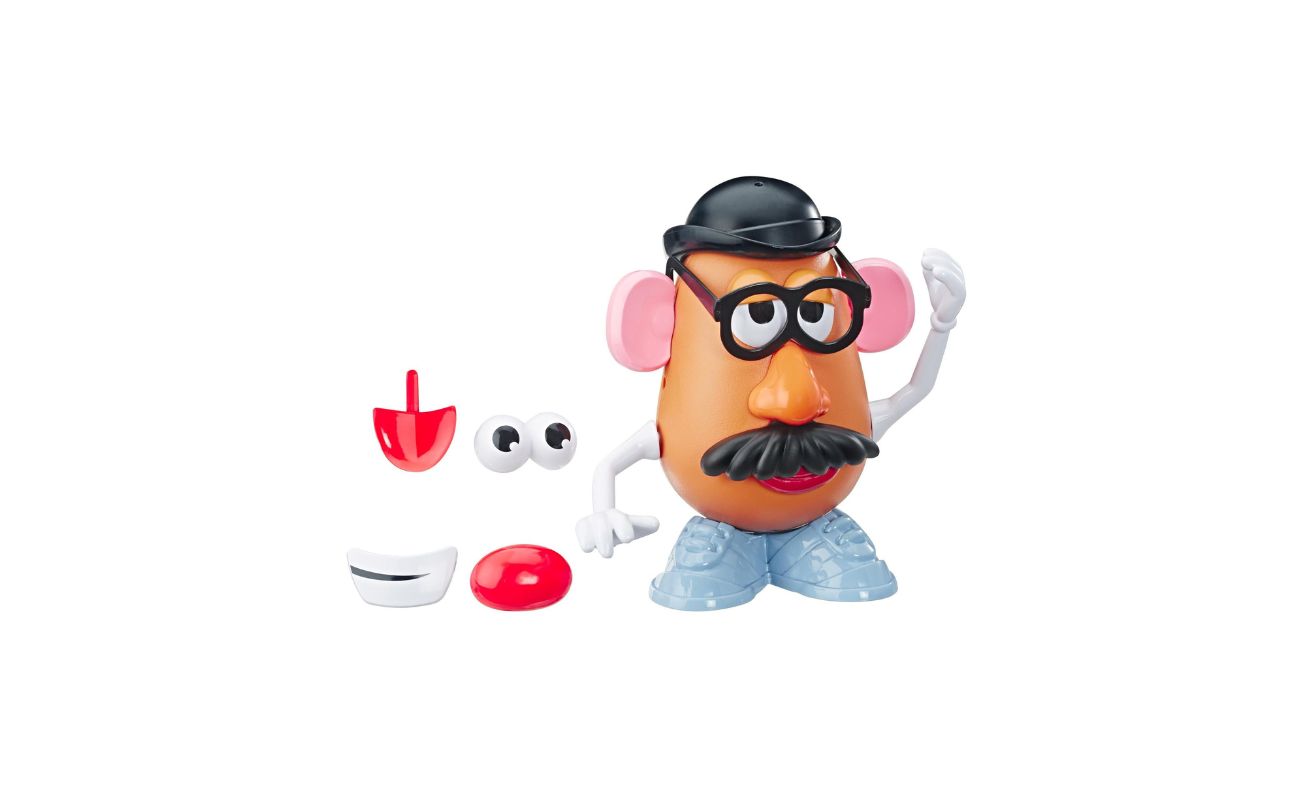

Home Entertainment Systems
What Was The First Toy Advertised On Television
Modified: January 6, 2024
Discover the history of television advertising with the first toy advertised on TV. Learn how home entertainment systems have evolved through the years.
(Many of the links in this article redirect to a specific reviewed product. Your purchase of these products through affiliate links helps to generate commission for Storables.com, at no extra cost. Learn more)
**
Introduction
**
Television has long been a powerful medium for advertising, captivating audiences with its visual and auditory appeal. Since its inception, television advertising has played a pivotal role in shaping consumer behavior and popular culture. The introduction of commercials marked a significant shift in the way products were marketed, paving the way for a new era of consumerism. This article delves into the fascinating history of television advertising, exploring the first toy ever advertised on television and its enduring impact on the world of marketing and entertainment.
Television advertising has undergone remarkable evolution, reflecting the changing trends and technologies of the times. From the early days of black-and-white commercials to the high-definition, digitally enhanced ads of today, television has remained a primary platform for reaching and influencing audiences on a massive scale. The emergence of this advertising medium not only revolutionized the way products were promoted but also revolutionized the viewing experience for audiences around the world.
As we embark on a journey through the annals of television advertising, we will uncover the pioneering spirit and innovative strategies that have shaped the industry. From humble beginnings to multimillion-dollar campaigns, the impact of television advertising on consumer culture cannot be overstated. In this article, we will unravel the captivating story of the first toy to be advertised on television, shedding light on its significance and enduring legacy in the realm of marketing and entertainment. Join us as we explore the fascinating intersection of television, advertising, and childhood nostalgia.
**
Key Takeaways:
- The first toy ever advertised on television was Mr. Potato Head in 1952, revolutionizing the way toys were marketed and captivating young audiences with its interactive and imaginative appeal.
- Mr. Potato Head’s historic television debut not only transformed toy advertising but also became a beloved cultural icon, showcasing the enduring influence of childhood play and the magic of television commercials.
Read more: How To Advertise On Television
The Emergence of Television Advertising
**
Television advertising emerged as a groundbreaking phenomenon in the mid-20th century, forever altering the landscape of marketing and consumer culture. The post-World War II era witnessed a surge in television ownership, with families across the United States and other developed nations welcoming this innovative technology into their homes. As television sets became a staple in households, advertisers recognized the immense potential of reaching audiences through this captivating visual medium.
The 1950s marked the golden age of television advertising, as companies sought to capitalize on the burgeoning popularity of this new form of entertainment. With the advent of sponsored programming, advertisers seamlessly integrated their messages into television shows, blurring the lines between content and commercials. This era also saw the rise of iconic jingles, catchy slogans, and memorable characters that became synonymous with beloved products.
Television advertising not only revolutionized the way products were marketed but also transformed the viewing habits of millions of people. Families gathered around their television sets, eagerly awaiting the latest commercials that showcased everything from household appliances to children’s toys. Advertisers honed their craft, leveraging the power of storytelling and visual imagery to create compelling narratives that resonated with viewers of all ages.
As television advertising continued to evolve, it became a driving force behind consumerism, shaping popular culture and influencing purchasing decisions. The emergence of color television further expanded the creative possibilities for advertisers, allowing them to showcase products in vibrant and captivating ways. From animated characters to live-action demonstrations, television commercials captivated audiences and left a lasting impression on the collective consciousness.
With the proliferation of cable and satellite television, advertisers gained access to an even broader and more diverse audience. The advent of niche channels and targeted programming enabled advertisers to tailor their messages to specific demographics, ensuring that their commercials reached the most receptive viewers. Television advertising became an integral part of the cultural tapestry, reflecting societal values, trends, and aspirations.
As we reflect on the emergence of television advertising, we recognize its profound impact on the way we perceive and engage with brands. The evolution of this medium has mirrored the changing dynamics of consumer behavior and technological advancements, solidifying its status as a cornerstone of modern marketing. In the next section, we will delve into the intriguing story of the first toy to be advertised on television, a pivotal moment that forever altered the landscape of children’s entertainment and commercial promotion.
**
The First Toy Advertised on Television
**
The inaugural advertisement of a toy on television marked a significant milestone in the history of marketing and children’s entertainment. In 1952, the world bore witness to a groundbreaking moment when the first toy was showcased in a televised commercial, forever changing the way companies promoted their products to young audiences. The product that paved the way for this revolutionary approach to advertising was none other than Mr. Potato Head.
Mr. Potato Head, a whimsical and innovative toy created by George Lerner, made its television debut in an engaging and memorable commercial. This beloved toy, consisting of various facial features and accessories that could be attached to a real potato or the accompanying plastic body, captured the imagination of children and parents alike. The commercial not only showcased the endless creative possibilities of Mr. Potato Head but also introduced the concept of interactive and customizable toys to a captivated audience.
The advertisement for Mr. Potato Head exemplified the power of television in bringing a new form of play into the homes of families across the nation. The commercial featured lively visuals and a catchy jingle, effectively conveying the joy and excitement that this innovative toy could bring to children of all ages. The whimsical nature of Mr. Potato Head, coupled with the interactive and imaginative play it offered, resonated with young viewers and set a new standard for toy advertising.
Following its television debut, Mr. Potato Head soared to unprecedented popularity, becoming an iconic and enduring symbol of childhood fun. The success of this pioneering television advertisement paved the way for countless other toys to be promoted through the captivating medium of television. Advertisers recognized the immense potential of reaching young audiences through engaging and entertaining commercials, sparking a new era of children’s programming and product promotion.
The introduction of Mr. Potato Head on television not only revolutionized the way toys were marketed but also established a lasting connection between children and the products they coveted. The commercialization of playthings became intertwined with the magic of television, shaping the desires and imaginations of generations to come. The enduring legacy of Mr. Potato Head’s television debut underscores the profound impact of this milestone on the world of advertising and childhood nostalgia.
As we celebrate the historic significance of the first toy advertised on television, we recognize the enduring influence of Mr. Potato Head and its pioneering role in shaping the landscape of children’s entertainment and commercial promotion. In the subsequent section, we will explore the impact and legacy of this groundbreaking moment, shedding light on its enduring resonance in the realm of marketing and popular culture.
**
The first toy advertised on television was Mr. Potato Head in 1952. It was a plastic toy with interchangeable parts, and it became a popular toy for children.
Impact and Legacy
**
The introduction of Mr. Potato Head as the first toy advertised on television left an indelible impact on the world of marketing, entertainment, and childhood play. This pivotal moment not only revolutionized the way toys were promoted but also set a precedent for engaging and imaginative advertising that resonated with young audiences. The impact of Mr. Potato Head’s television debut reverberated far beyond the confines of the commercial itself, shaping the trajectory of children’s entertainment and commercial promotion for decades to come.
Mr. Potato Head’s foray into television advertising heralded a new era of interactive and customizable toys, inspiring a wave of innovative products that captivated the imaginations of children worldwide. The commercial’s success demonstrated the immense influence of television in shaping consumer preferences and popularizing new forms of play. As a result, toy manufacturers and advertisers embraced the medium of television as a powerful platform for showcasing their products and fostering a deep connection with young consumers.
The enduring legacy of Mr. Potato Head’s television debut is evident in the enduring popularity and cultural significance of the toy itself. Generations of children have delighted in the whimsical and creative possibilities that Mr. Potato Head offers, cementing its status as a beloved and iconic plaything. The commercialization of Mr. Potato Head through television advertising not only propelled the toy to unprecedented success but also solidified its place in the annals of pop culture.
Furthermore, the impact of Mr. Potato Head’s television debut transcended the realm of product promotion, influencing the way advertisers approached marketing to children. The commercial exemplified the effectiveness of storytelling, visual appeal, and interactive engagement in capturing the hearts and minds of young viewers. This approach laid the groundwork for future toy commercials, shaping the strategies and creative techniques employed to connect with youthful audiences.
Moreover, the introduction of Mr. Potato Head on television underscored the profound influence of advertising on children’s desires and aspirations. The commercialization of this endearing toy through the captivating medium of television not only fueled its commercial success but also contributed to the shaping of childhood memories and experiences. Mr. Potato Head became more than just a toy; it became a cultural touchstone, symbolizing the joy and wonder of childhood play.
As we reflect on the impact and legacy of Mr. Potato Head’s historic television debut, we recognize its enduring resonance in the realm of marketing, entertainment, and nostalgia. The groundbreaking commercial not only transformed the way toys were promoted but also left an indelible mark on the collective consciousness, embodying the magic and innovation of childhood play. In the concluding section, we will encapsulate the significance of this milestone and its enduring influence on the world of advertising and popular culture.
**
Conclusion
**
The captivating journey of the first toy advertised on television, embodied by the endearing and innovative Mr. Potato Head, encapsulates the transformative power of advertising and the enduring impact of childhood play. From its pioneering television debut in 1952 to its enduring legacy as a beloved cultural icon, Mr. Potato Head’s commercialization exemplifies the convergence of marketing, entertainment, and nostalgia.
The emergence of television advertising heralded a new era of consumerism, reshaping the way products were promoted and perpetuating the allure of popular culture. The introduction of Mr. Potato Head on television marked a watershed moment, sparking a revolution in the marketing of toys and inspiring a generation of young viewers with its whimsical charm and interactive appeal.
As we look back on the historic significance of Mr. Potato Head’s television debut, we recognize its profound influence on the way children’s products are marketed and the enduring resonance of television advertising in shaping consumer behavior. The commercialization of Mr. Potato Head not only captured the hearts of young audiences but also cemented its status as a timeless and cherished plaything, transcending generations and leaving an indelible mark on the fabric of childhood memories.
Moreover, the impact and legacy of Mr. Potato Head’s historic television debut extend beyond the realm of marketing, serving as a testament to the enduring power of innovation and imagination in shaping cultural touchstones. The commercialization of this iconic toy through the captivating medium of television epitomizes the magic and wonder of childhood play, evoking nostalgia and joy in the hearts of those who were captivated by its whimsical allure.
In conclusion, the first toy advertised on television stands as a testament to the indelible influence of advertising on consumer culture and the enduring resonance of childhood play in the collective consciousness. Mr. Potato Head’s television debut not only revolutionized the marketing of toys but also encapsulated the spirit of creativity, imagination, and joy that continues to captivate audiences across generations. As we celebrate this historic milestone, we honor the timeless legacy of Mr. Potato Head and its pioneering role in shaping the landscape of children’s entertainment and commercial promotion.
Frequently Asked Questions about What Was The First Toy Advertised On Television
Was this page helpful?
At Storables.com, we guarantee accurate and reliable information. Our content, validated by Expert Board Contributors, is crafted following stringent Editorial Policies. We're committed to providing you with well-researched, expert-backed insights for all your informational needs.
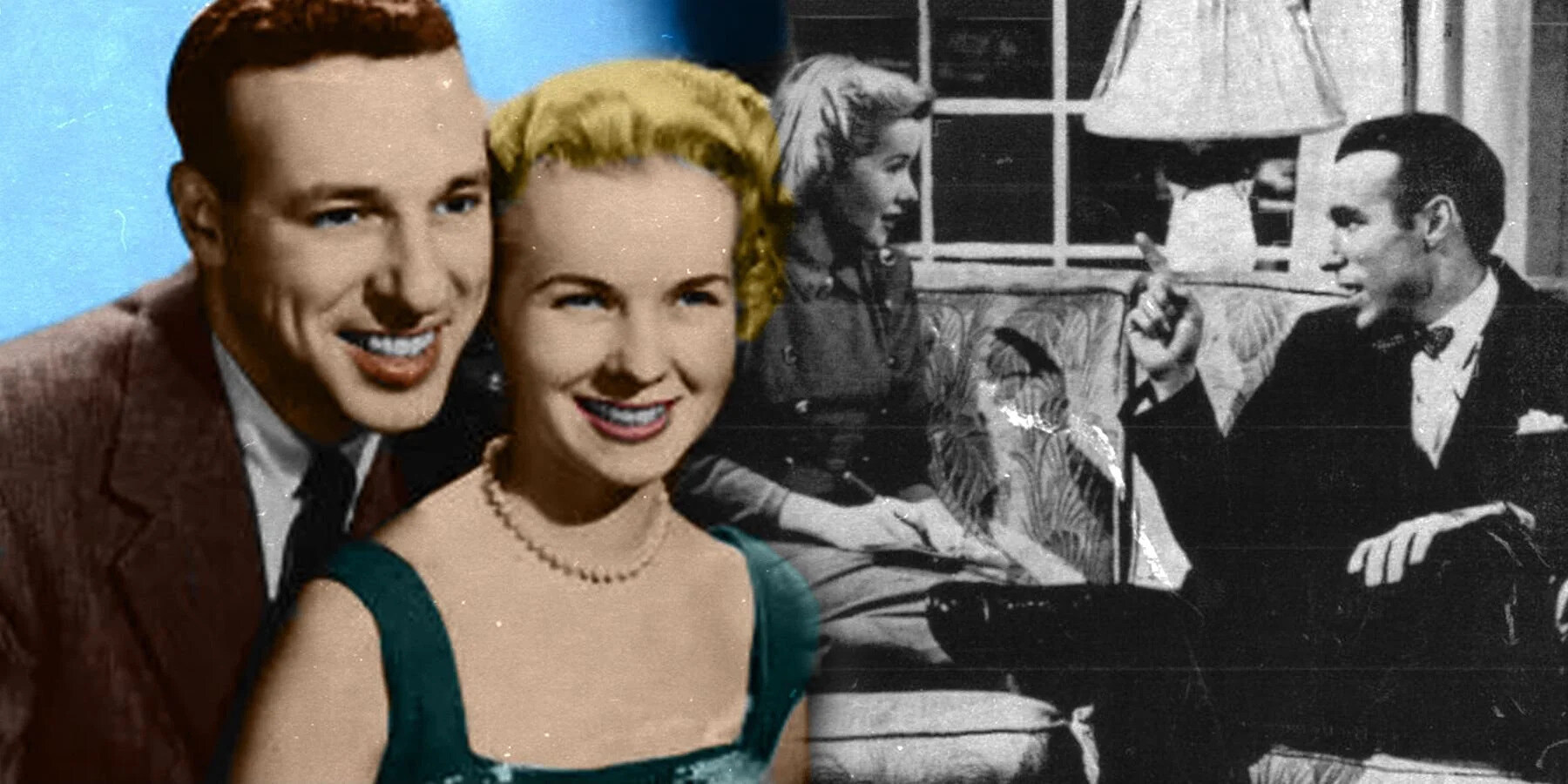




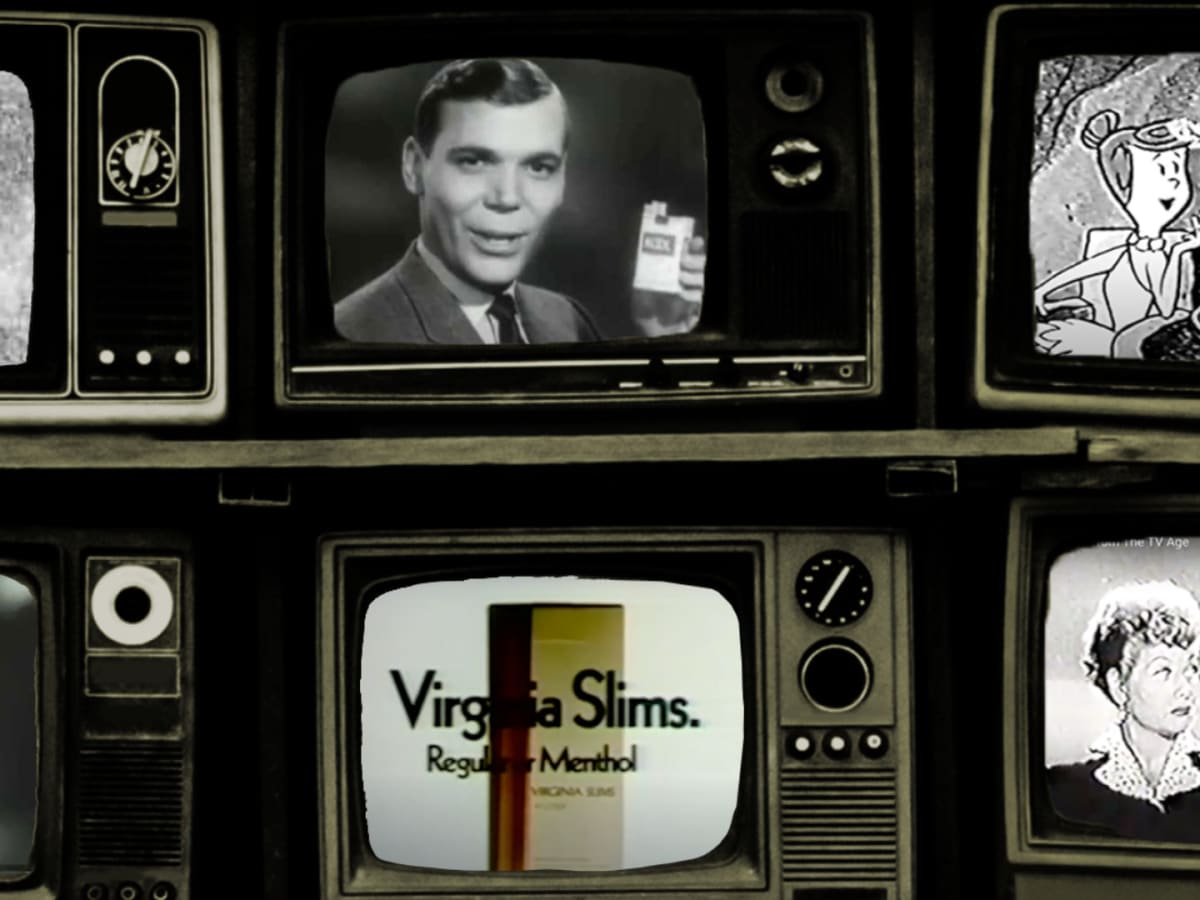

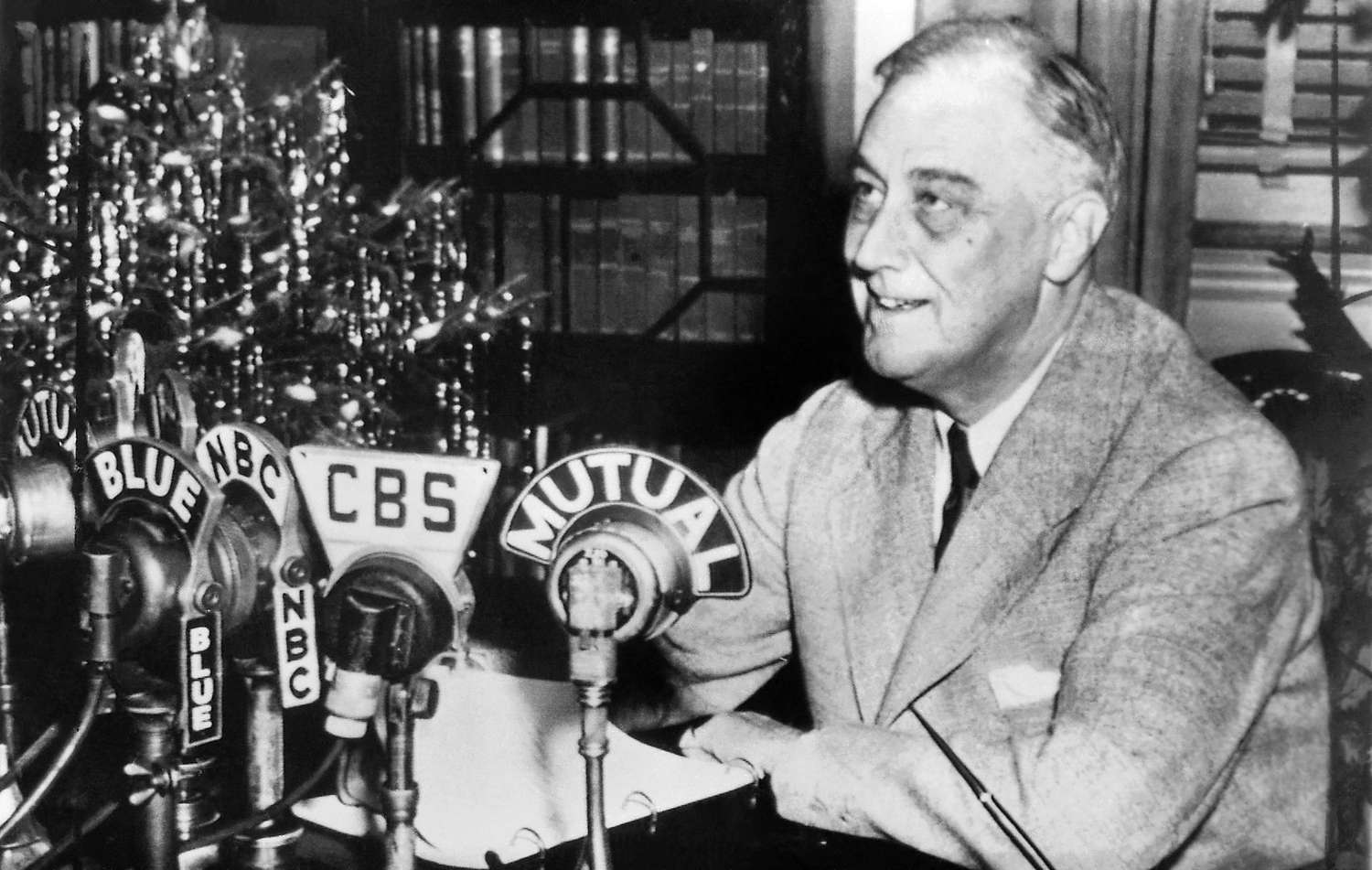

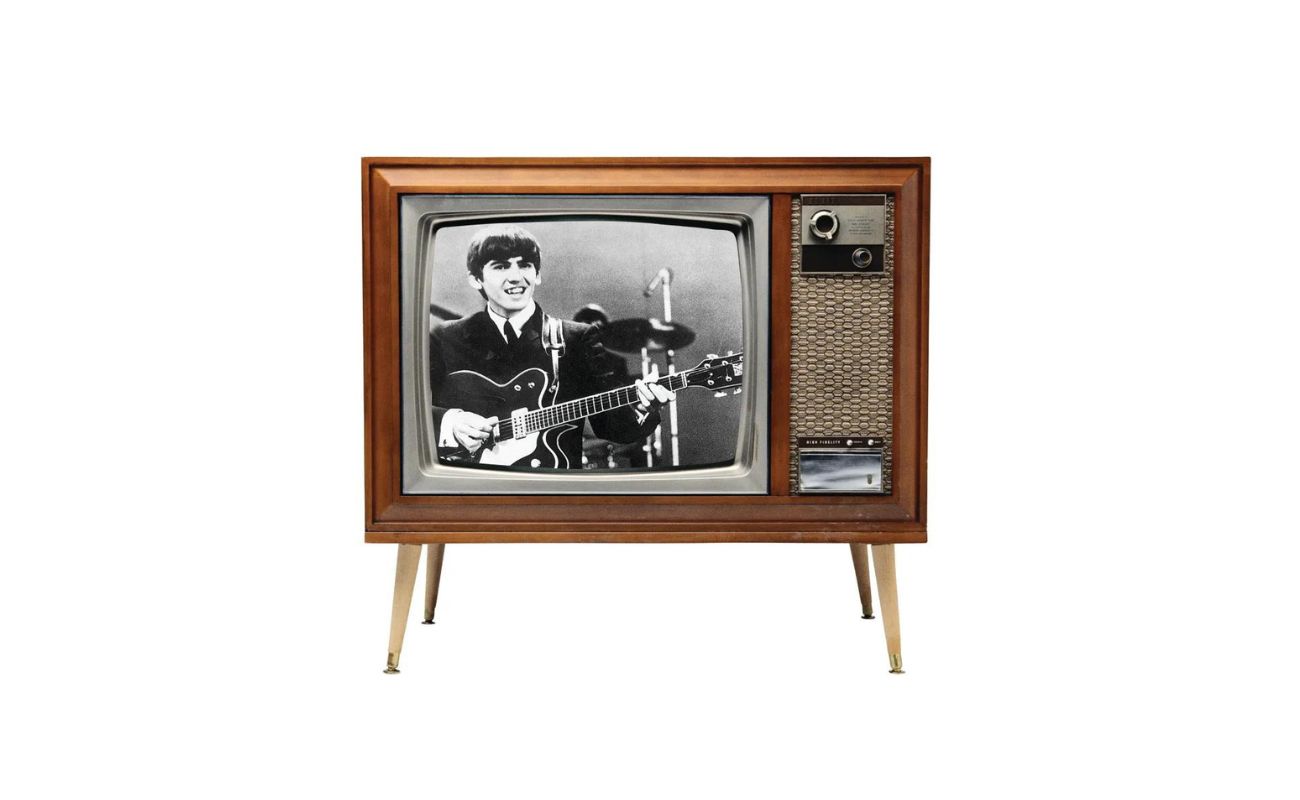
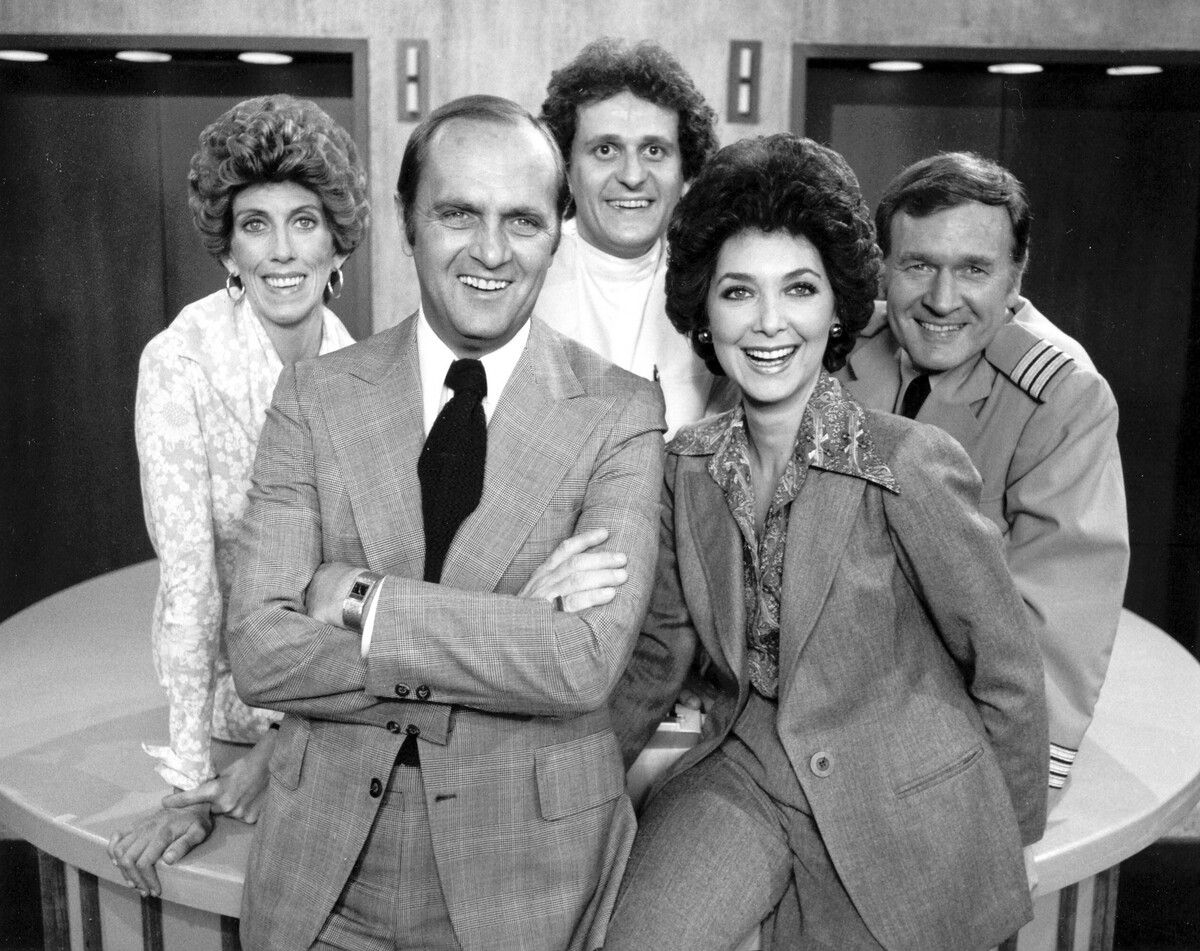

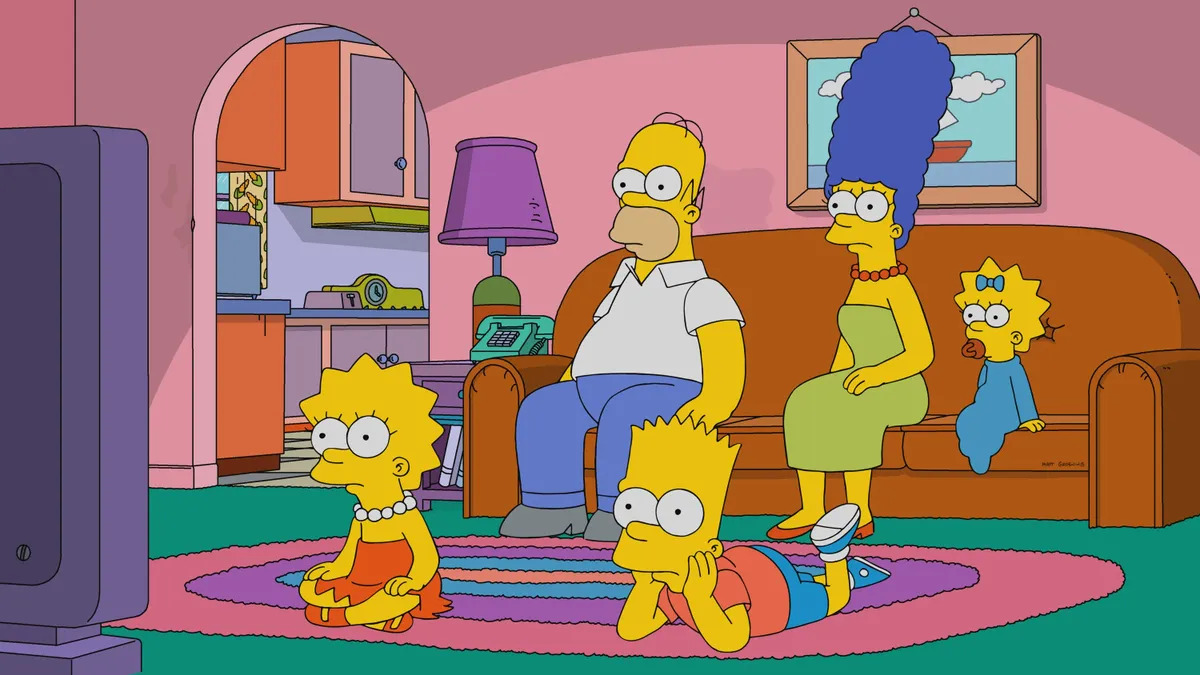
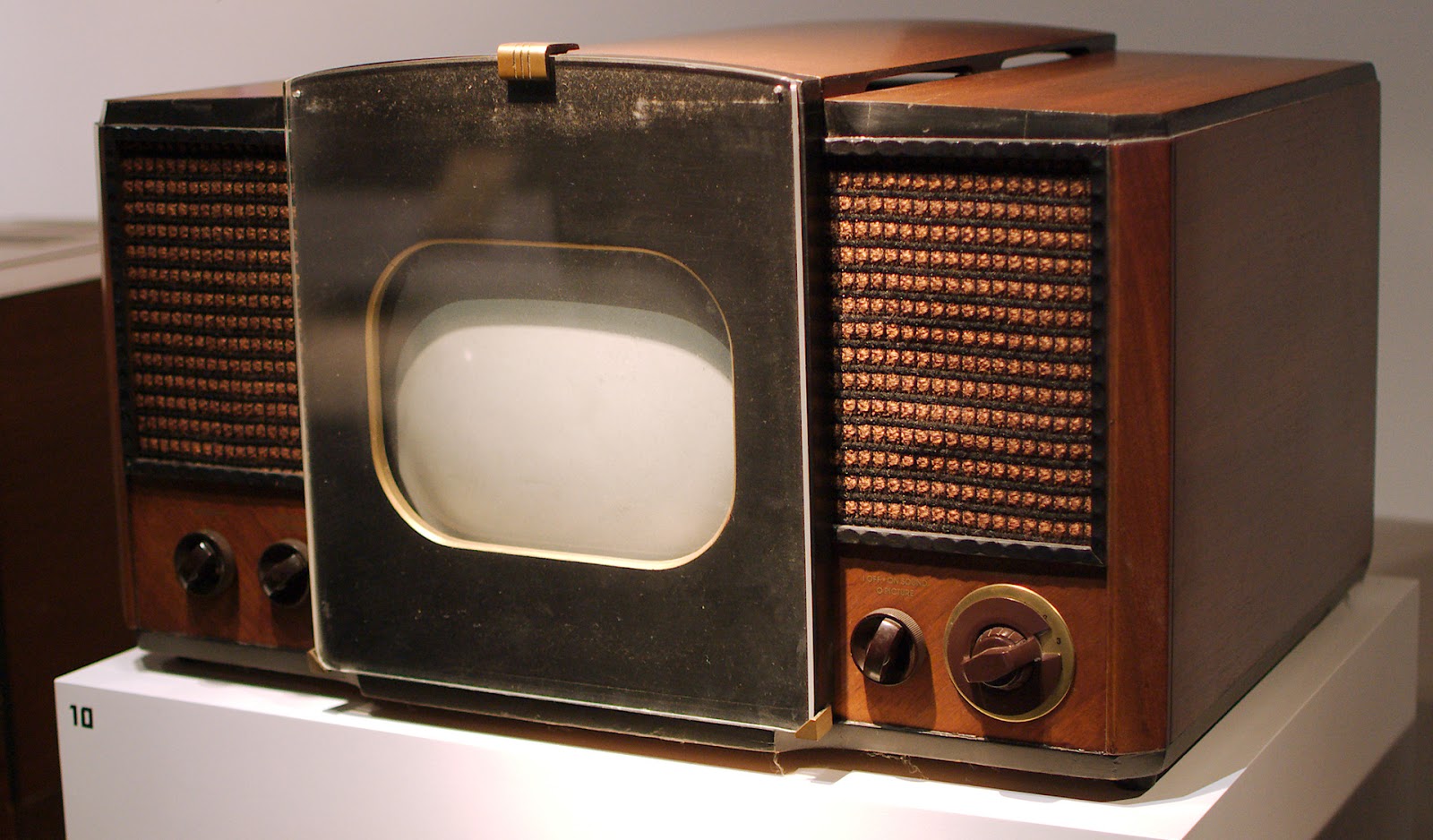
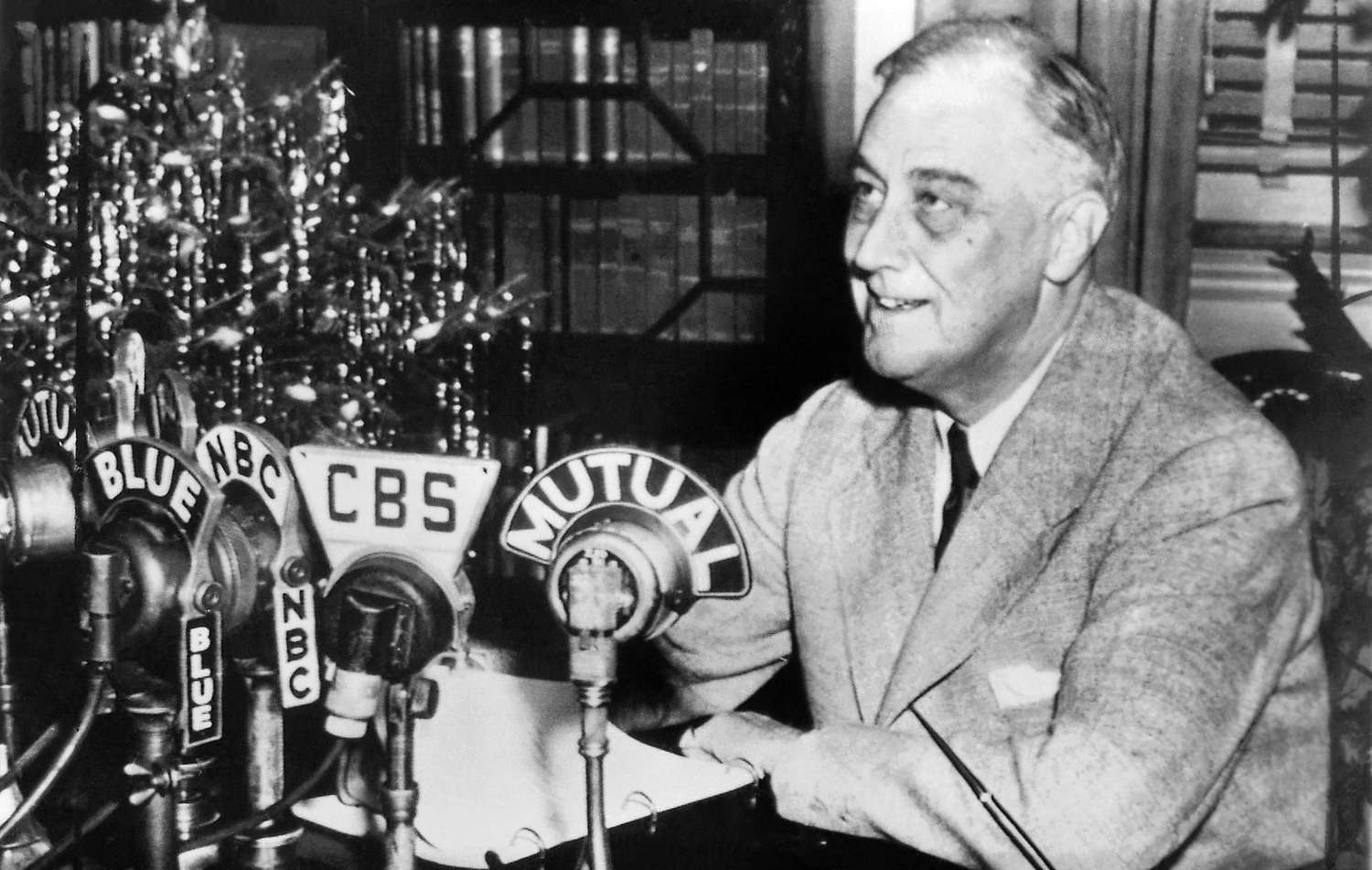

0 thoughts on “What Was The First Toy Advertised On Television”